BMW Art Guide by Independent Collectors
Sara Piccinini
Senior Coordinator, Collezione Maramotti - Reggio Emilia, Italy
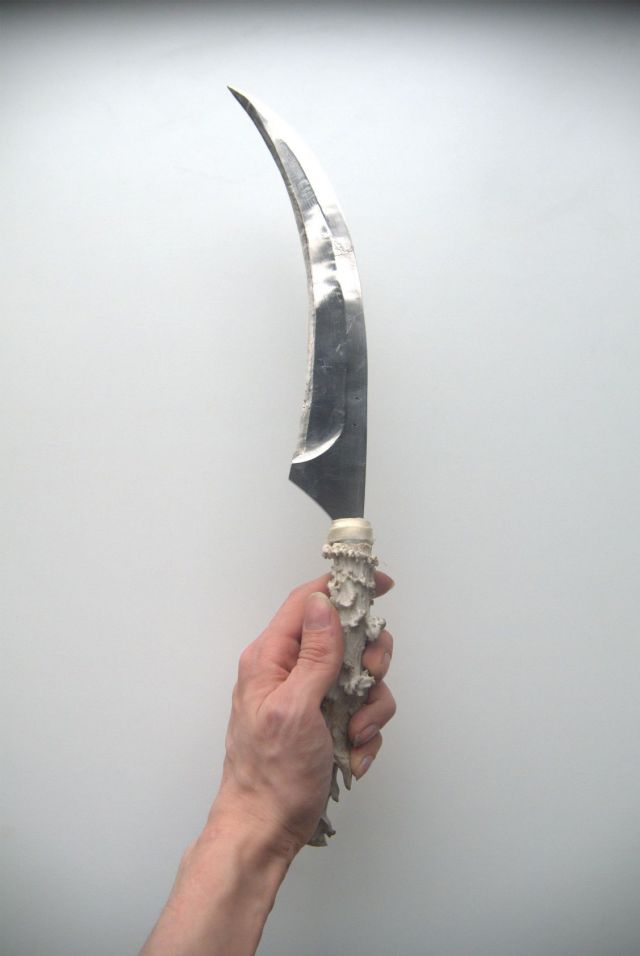
There are hundreds of positions in the collection, does it follow a specific theme or particular artists?
One of the main focus of the Collection is painting, this is definitely a red thread. Achille Maramotti, the first collector of this family and father of the current generation, considered painting an ongoing discourse from antiquity to the present day. His three children continue to cultivate a strong interest in this always prolific art language. This is clear whether visiting the galleries of the permanent exhibition − full of art informel, Italian, German and American neoexpressionism, New Geometry – or having an overview of our temporary shows and projects from 2008 onward.
The Collection is also strongly oriented to the very present time, the artists are represented by significant works from their early careers, pieces and projects developed in a special moment of creative innovation in their research.
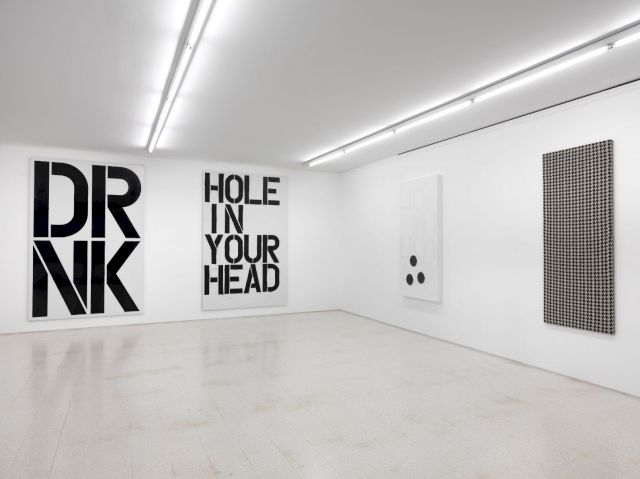
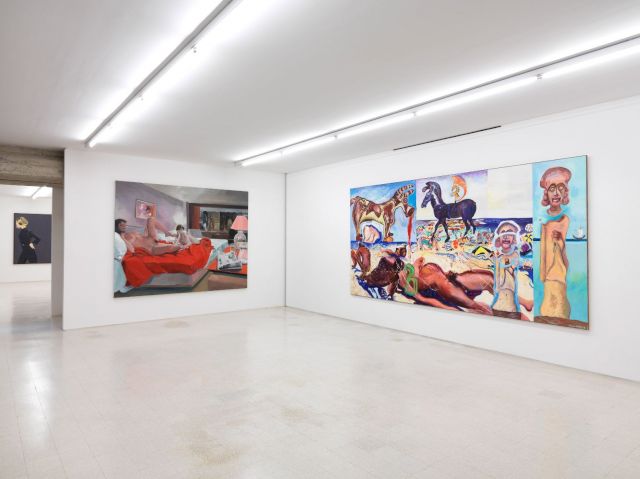
How long have you been working with the Maramotti collection and family? This would bring a unique insight into the collection, could you please share something about that with us.
I’ve been appointed senior coordinator in January 2018, but I’ve been working there right since the beginning. It was early 2007, and the Collection opened to public in the Fall that same year. It was greatly exciting, as a 24-year-old art enthusiast at her first work experience in this field, to be there and see everything taking its shape, starting from a beautiful building from the ‘50s under renovation to get to a fully accomplished art institution. Those were beautiful months of thrilling teamwork during which we also had the first direct contacts with artists such as Giulio Paolini and Barry X Ball, who personally came here to install their artworks.
Do you know if late collector Achille Maramotti had a personal relationship with the artists he collected? How did he approach collecting?
He was keen on meeting artists and became friend of some of them. For example, he knew Enzo Cucchi, Jannis Kounellis, and was close to Claudio Parmiggiani and Mario Diacono, with whom he also undertook the publishing project of “Tau/ma” (1975-1981), an experimental avant-garde magazine exploring the relationship between words, poetry and images.
I think he approached collecting in a genuine, passion-oriented way, following his taste and vision. Not a single piece of the Collection was ever sold, every work is considered as a tile of a personal and family story. Also, as founder of the Max Mara company, he did not want to mingle his art collection with his business; he believed that art and fashion were two somehow related but different languages, with their own features and distinct purposes. That’s why we are a private collection, not a corporate one.
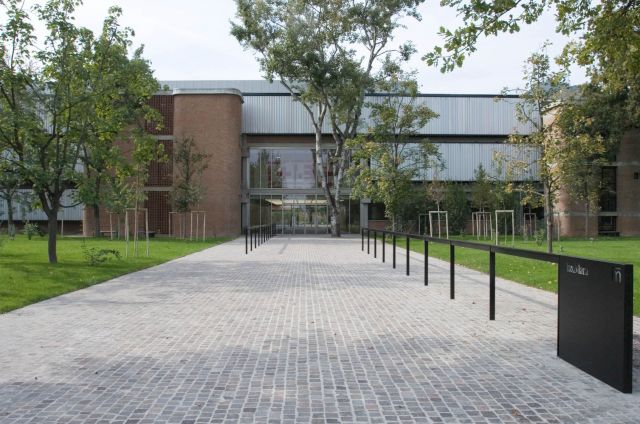
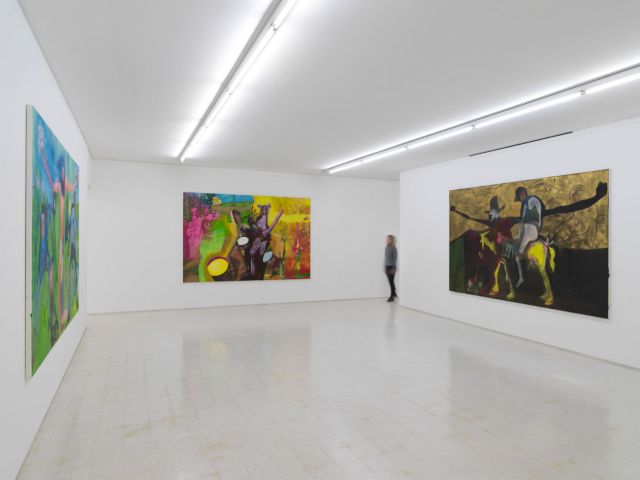
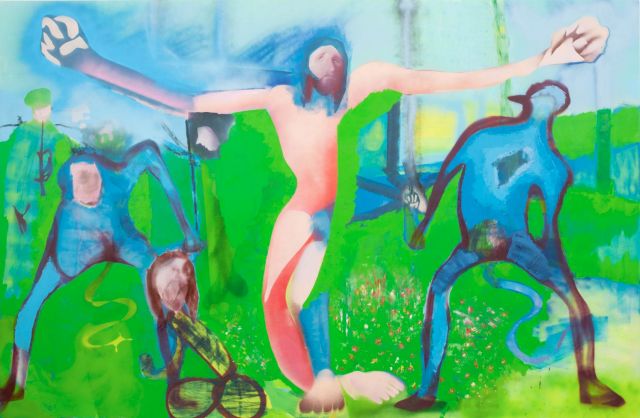
Do you believe that contemporary artists have certain responsibilities today? If so, what are these?
Art can illuminate things and give us new eyes, original lenses to see and interpret the world. This is a power which I detect in art of all times. So artists may activate divergent visions, inspire thoughts and actions, in more or less direct ways. Our ability to imagine new scenarios is essential to individual and collective reflections, even and strongly now.
What is the direction of the Collezione Maramotti and its visitation space today?
Our cores are the permanent exhibition and the ongoing temporary projects. We mainly invite emergent and mid-career artists (often at their first solo show in Italy) to realize a new body of works specifically for our galleries, to be exhibited there then entering the Collection. But sometimes we also present exhibitions with pieces from our storage, like for ex. the recent “Rehang : Archives”, highlighting the vitality of the creative process of artworks and the connections between the various elements that form the Collezione. In addition, we are partners in the Max Mara Art Prize for Women, in collaboration with Whitechapel Gallery, in which we take care of the 6-month Italian residency for the winning artists, we present their resulting shows and acquire their artworks.
Our ability to imagine new scenarios is essential to individual and collective reflections, even and strongly now.
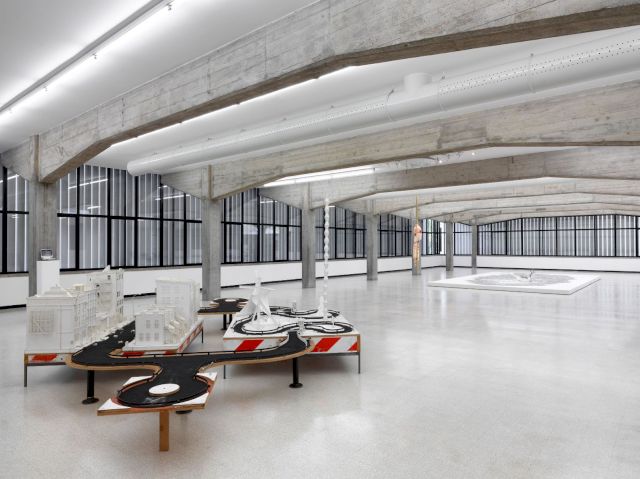
How important are publicly accessible private collections in comparison to public institutions and museums?
Public and private institutions have just different goals, which implicate different ways to manage and present artworks and exhibitions. I don’t feel like to compare them. But of course, I think that when private subjects decide to make their artistic heritage available to public and share their collections, that marks a positive enrichment everyone may benefit from.
What has the reaction been like from visitors of the collection since making it publicly accessible in 2007? Does this reaction impact the collection you’re your program
The reactions are luckily extremely personal, but in general I may say that the Collezione has been received and considered in a very positive way. The quality of the works, the clean installation, the wide calm spaces are greatly appreciated, together with the particular kind of visits we offer: free of charge, but upon reservation, accompanied in a discreet way by a person of our staff, for a limited number of visitors at one time. We try to create and preserve the conditions for an immersive, meaningful, intimate visit experience.
The program is decided by the Maramotti family, who choose the artists to be invited following their own interests and taste, in continuity with the identity of the collection.
Which publicly accessible private collection would you recommend visiting?
Among the institutions I’ve recently visited, I would suggest Magazzino of Italian Art, in Cold Spring, NY, the Fondation Carmignac on the island of Porquerolles and the Collezione Giuseppe Iannaccone in Milan.
All images courtesy Collezione Maramotti, Italy
More Information on Collezione Maramotti